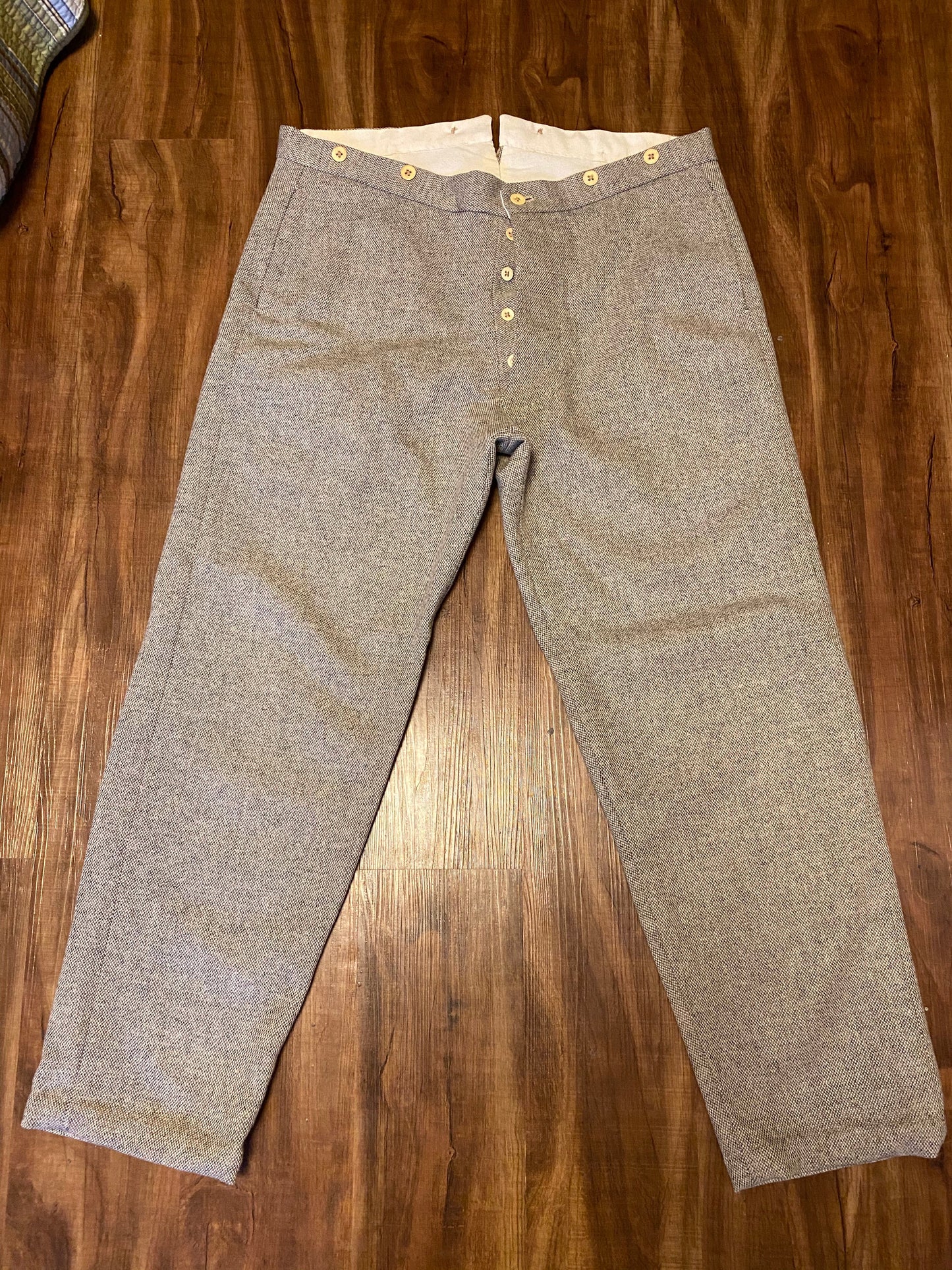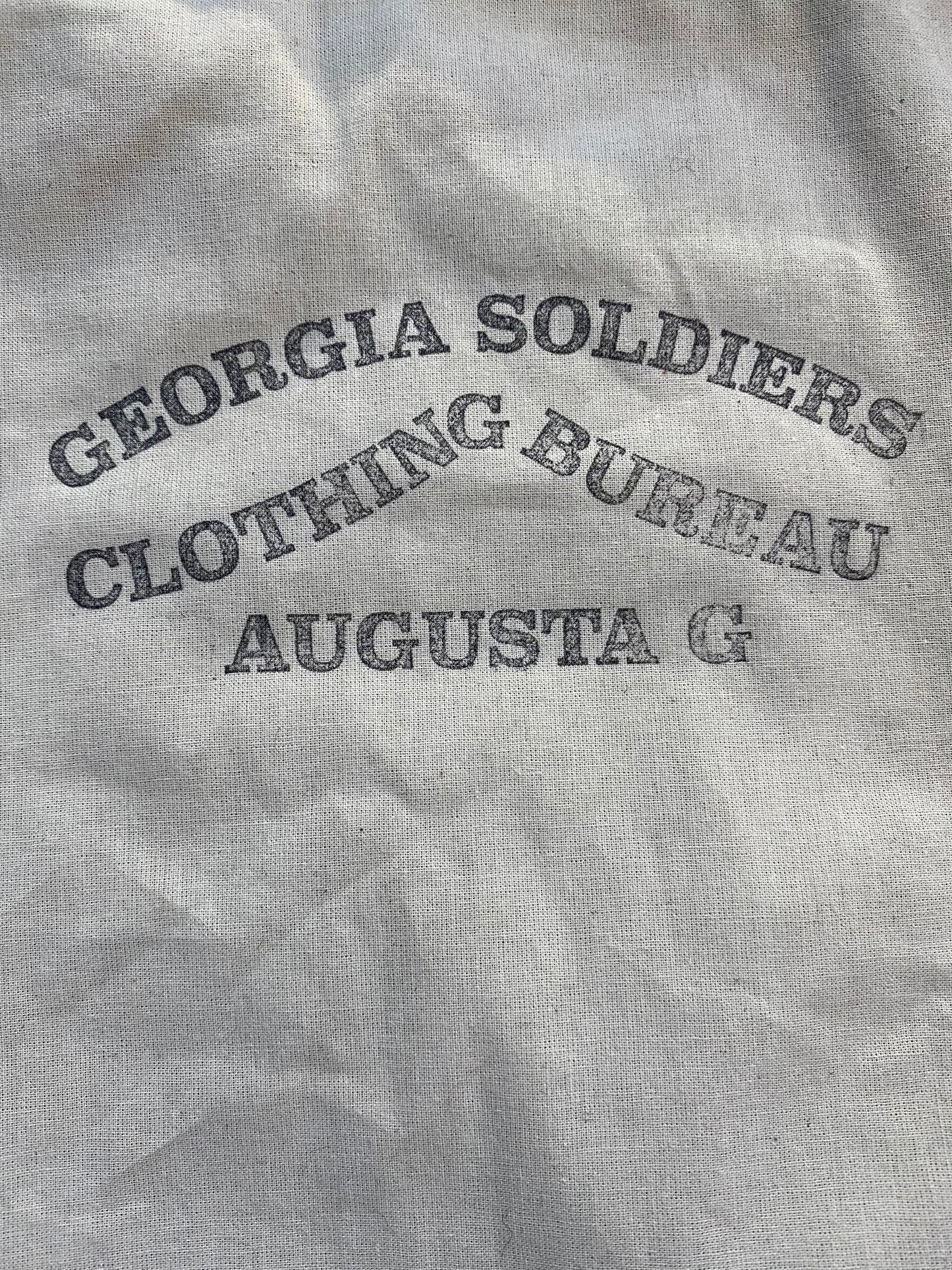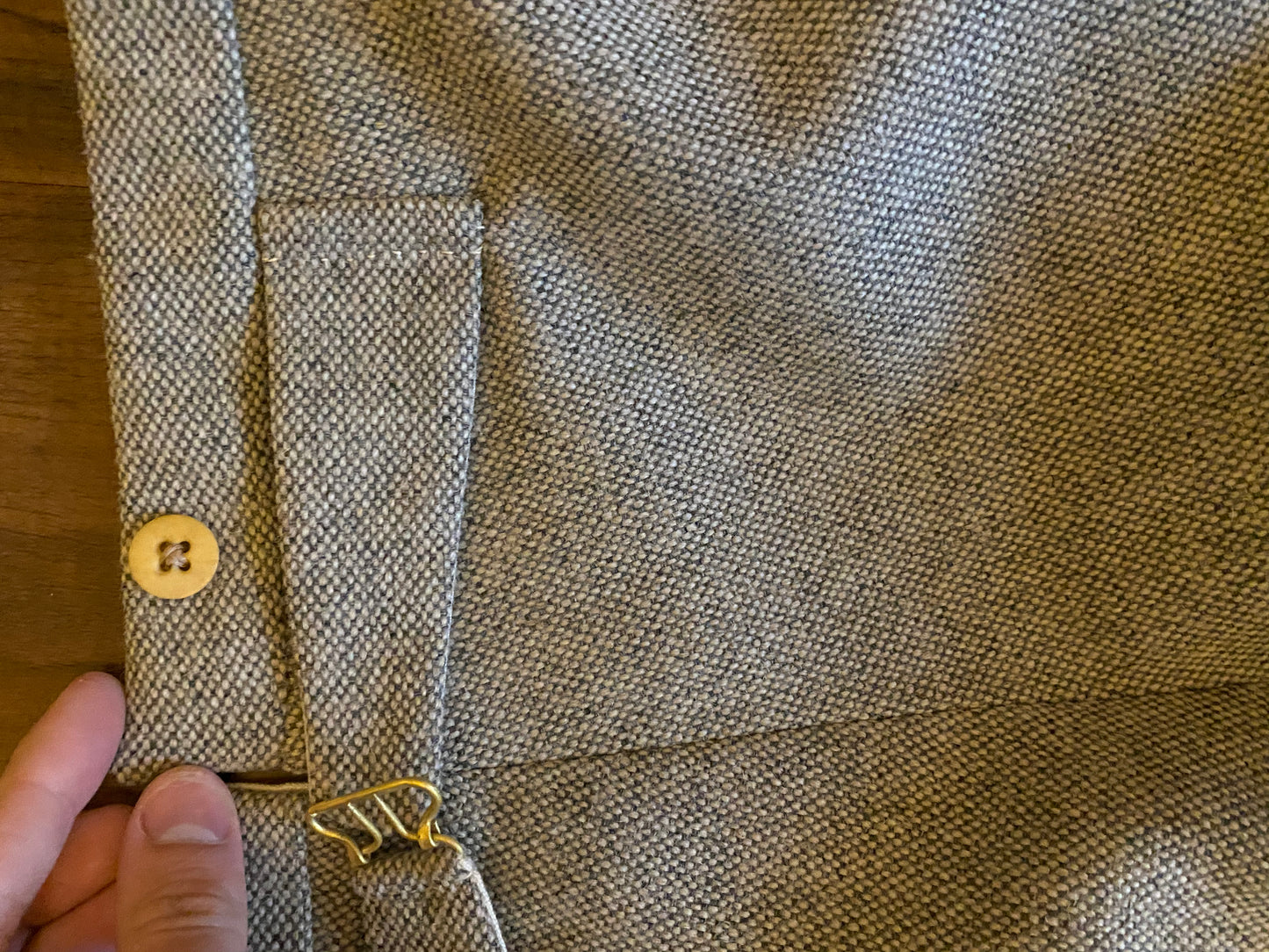Beauregard's Tailor
Georgia Soldiers Clothing Bureau Trousers 1862-1865
Georgia Soldiers Clothing Bureau Trousers 1862-1865
Couldn't load pickup availability
Based on a surviving pair of Georgia Soldiers Clothing Bureau Trousers linked to John McNish Hazlehurst. Hazlehurst was a seventeen-year-old cadet from Georgia Military Institute who fought with the Georgia Battalion of Cadets in the Army of Tennessee from the spring of 1864 until May 1865.
From October 1862 through September 15, 1863, the bureau produced 55,000 pairs of pants, 37,000 jackets, 65,000 pairs of drawers, and 70,000 shirts. Its field issues during 1863 included 5,838 hats, 43,728 jackets, 46,325 pants, 32,181 shirts, 30,068 drawers, 23,756 pairs of shoes, and 4,473 pair socks. In November 1863, the bureau had on hand 4,719 hats, 7,291 jackets, 8,828 pants, 9,185 shirts, 8,036 drawers, 12,293 pairs of shoes, and 7,517 pair socks. The Quartermaster General of Georgia, Ira R. Foster, reported on January 30, 1864 that the State of Georgia had issued to Georgia troops in Confederate service (all armies), “about 15,000 suits clothing and about 30,000 pair of shoes” during that winter.
The issuance of these trousers appears to start in the fall of 1862 through 1864, to all Georgia soldiers within the various armies of the Confederacy. It supplemented the official depot system heavily in the Army of Tennessee and Army of Northern Virginia.
Additional historical information.
Per the originals, the trousers are made from a wool jean tweed, closed with bone buttons, and include the original stamp that is seen on the left pocket of the trousers.
Background photo is a Georgia Secession Flag - Courtesy of the Georgia Capitol Museum
- Custom Sizing
If you select "Custom" sizing, we will contact you via the email you use at checkout to get your measurements.
- Historic Fit
The trouser sizes noted represent the natural waist measurement of the individual. Please beware these are not modern sizes and failure to utilize true natural waist measurements will result in ill fitting trousers. The tailoring fit and shapes are accurate to the historic garment, which are often different than equivalent modern clothing.
- Production Time
All historic garments are made-to-order and have a production time of eight to ten months (32-40 weeks).
Share














